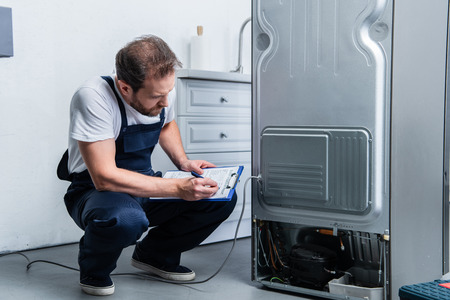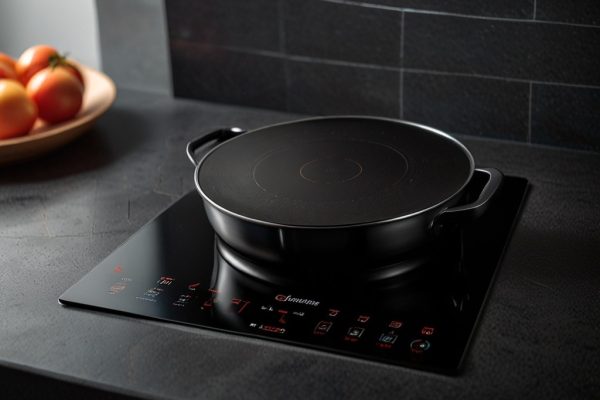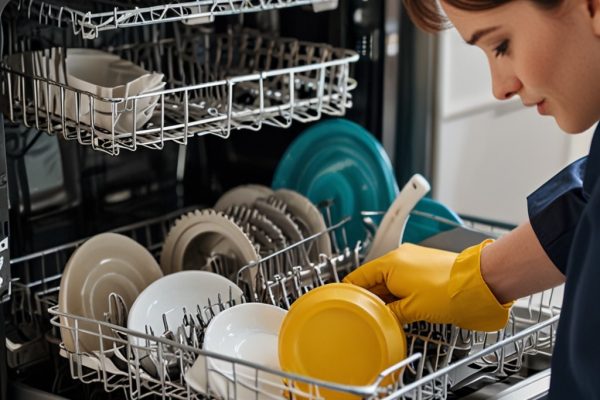Temperature sensors play a crucial role in various aspects of our daily lives, from regulating the temperature in our homes to ensuring the safe operation of electronic devices. These sensors are designed to provide accurate temperature measurements and are widely used in industries such as HVAC, automotive, aerospace, and consumer electronics. In this article, we will delve into the significance of temperature sensors, the types of damage they can incur, and the potential consequences of sensor failures.
The Importance of Temperature Sensors
Temperature sensors are devices that detect and measure temperature changes in their surroundings. They are vital components in numerous applications, offering benefits such as:
- Climate Control
In HVAC systems, temperature sensors help maintain comfortable indoor temperatures by regulating heating and cooling systems. They ensure that the desired temperature is achieved and maintained efficiently.
- Electronics Cooling
In electronic devices like laptops and smartphones, temperature sensors monitor the internal temperature to prevent overheating. When temperatures rise above safe levels, these sensors can trigger cooling mechanisms like fans to dissipate heat.
- Automotive Applications
Modern vehicles use temperature sensors to monitor engine temperature, ensuring that it stays within the optimal operating range. This prevents engine overheating and damage.
- Industrial Processes
Temperature sensors are crucial in industrial settings where precise temperature control is essential. They are used in processes such as manufacturing, food production, and pharmaceuticals to ensure product quality and safety.
Common Types of Temperature Sensors
Several types of temperature sensors are commonly used, including:
- Thermocouples
Thermocouples are among the most widely used temperature sensors. They operate on the principle that the voltage across two dissimilar conductors changes with temperature. They are rugged, cost-effective, and suitable for a wide temperature range.
- Resistance Temperature Detectors (RTDs)
RTDs are temperature sensors that rely on the predictable change in electrical resistance with temperature. They offer high accuracy and stability, making them suitable for precise measurements.
- Thermistors
Thermistors are semiconductor devices with resistance that varies significantly with temperature. They are often used in consumer electronics due to their small size and sensitivity.
- Infrared Sensors
Infrared (IR) sensors detect temperature by measuring the thermal radiation emitted by an object. They are contactless and find applications in thermography, non-contact thermometers, and more.
Damage to Temperature Sensors
Temperature sensors, like any other electronic components, can be susceptible to various forms of damage, leading to inaccurate readings or sensor failure. Some common types of damage include:
- Physical Damage
Physical damage, such as cracks, dents, or impact, can impair a temperature sensor’s ability to function correctly. Even minor physical damage can disrupt the sensor’s sensitive components.
- Contamination
Contamination, including dust, dirt, or chemicals, can accumulate on the sensor’s surface or inside its housing. This can insulate the sensor, affecting its response time and accuracy.
- Corrosion
Exposure to corrosive substances or environments can lead to the corrosion of sensor components. Corrosion can alter the sensor’s electrical properties, resulting in inaccurate readings.
- Electrical Overload
Overloading a temperature sensor with excessive voltage or current can damage its internal components. This can cause permanent damage or degrade the sensor’s performance over time.
- Moisture and Humidity
Moisture ingress, especially in sensors not designed for wet environments, can cause short circuits or lead to rust and corrosion. High humidity levels can affect sensor accuracy.
Consequences of Sensor Damage
The consequences of temperature sensor damage can vary depending on the extent of the damage and the application. Some potential outcomes include:
- Inaccurate Readings
Damaged temperature sensors are likely to provide inaccurate temperature measurements. In applications where precision is critical, such as medical devices or laboratory equipment, this can lead to significant issues.
- System Malfunctions
In cases where temperature sensors are integral to the operation of a larger system, such as an HVAC system or an industrial process control system, sensor damage can result in system malfunctions or shutdowns.
- Safety Risks
In applications like automotive and aerospace, sensor failures can pose safety risks. For example, an overheating engine due to a faulty temperature sensor can lead to vehicle breakdowns or accidents.
- Reduced Product Quality
In industrial settings, damaged temperature sensors can impact product quality. This is especially critical in sectors like pharmaceuticals or food production, where precise temperature control is necessary for product safety.
Preventing and Addressing Sensor Damage
To prevent damage to temperature sensors and mitigate its consequences, consider the following practices:
- Regular Inspection and Maintenance
Frequent inspection and maintenance can help identify potential issues early. This includes cleaning sensors, checking for physical damage, and ensuring they are properly calibrated.
- Proper Handling
Handle temperature sensors with care, especially when installing or replacing them. Follow manufacturer guidelines for installation and use.
- Environmental Considerations
Select sensors designed for the specific environmental conditions they will be exposed to. Some sensors are rated for extreme temperatures or harsh chemicals, while others are more suitable for indoor use.
- Calibration and Testing
Regularly calibrate temperature sensors to ensure accuracy. Calibration can help account for any drift in sensor readings over time.
- Replacement
If a temperature sensor is damaged beyond repair or is providing consistently inaccurate readings, it should be replaced promptly to avoid potential complications.
Temperature sensors are invaluable tools in a wide range of applications, contributing to comfort, safety, and efficiency. Understanding the types of damage they can incur and their potential consequences is essential for ensuring the reliability and accuracy of temperature measurements. By following best practices for sensor maintenance, handling, and selection, individuals and industries can continue to harness the benefits of temperature sensors while minimizing the risks associated with sensor damage.
Our services are your reliable way to solve problems with household appliances! If your appliances require repair, don’t worry – contact Oceanside Appliance Service Center and we will help you forget about any inconvenience. Our company has many years of experience in repairing household appliances of various brands and models. Our team of highly qualified technicians has deep knowledge and experience in working with refrigerators, washing machines, dryers, dishwashers, stoves, ovens, and other devices. We guarantee a professional approach to each task and the use of only original spare parts for repairs. Restoring your household appliances to optimal condition is our main goal.
Contact us


